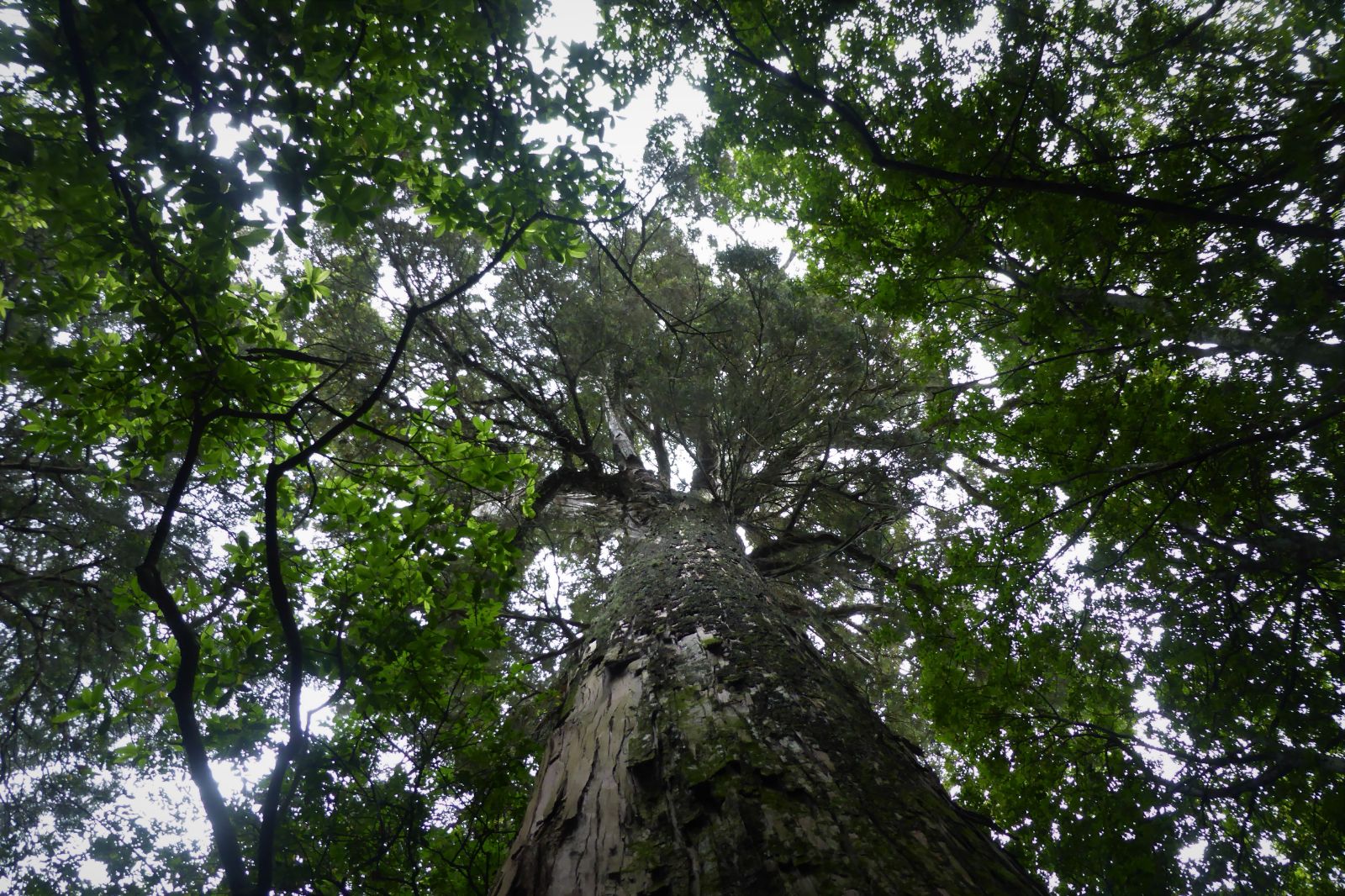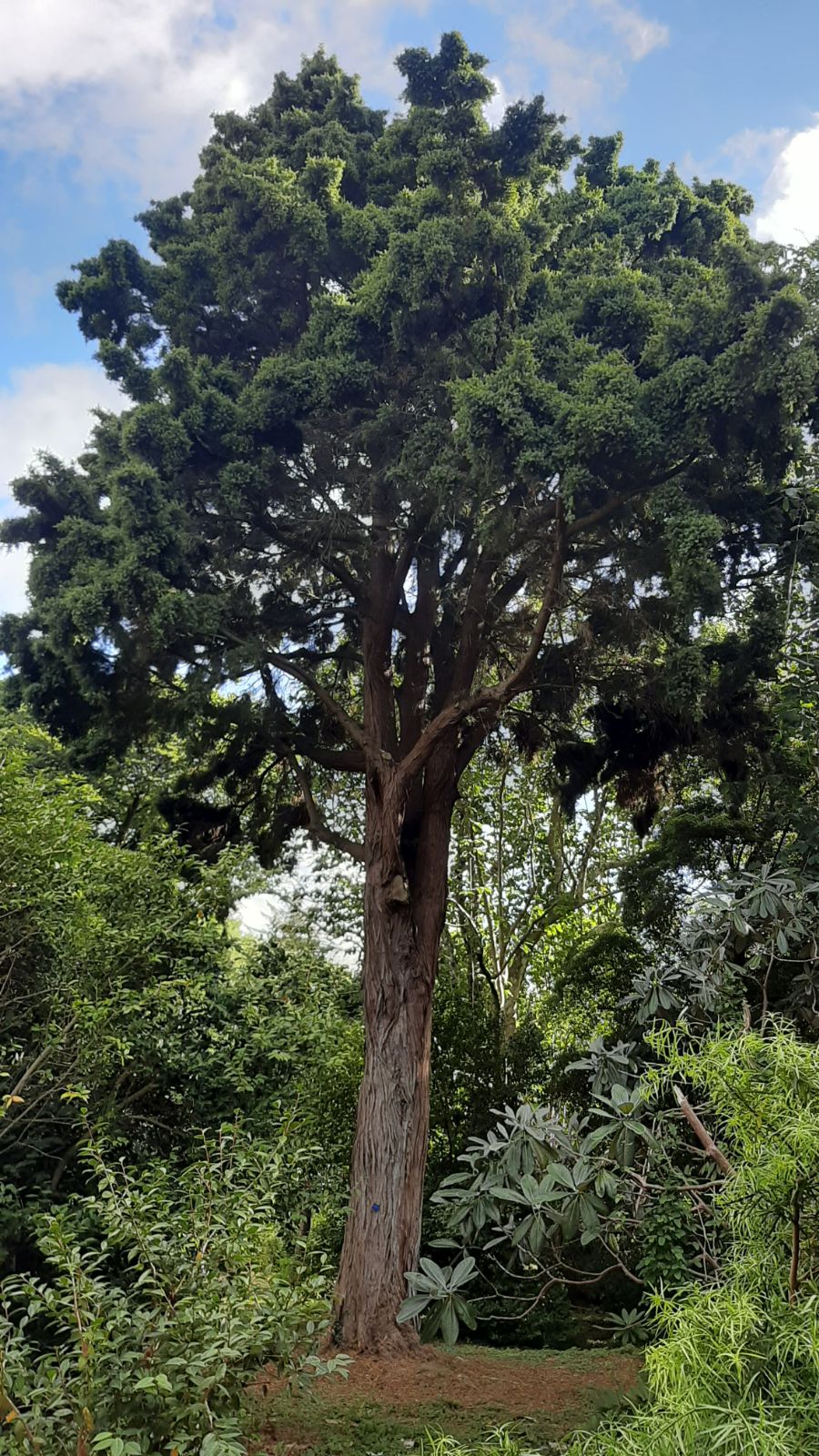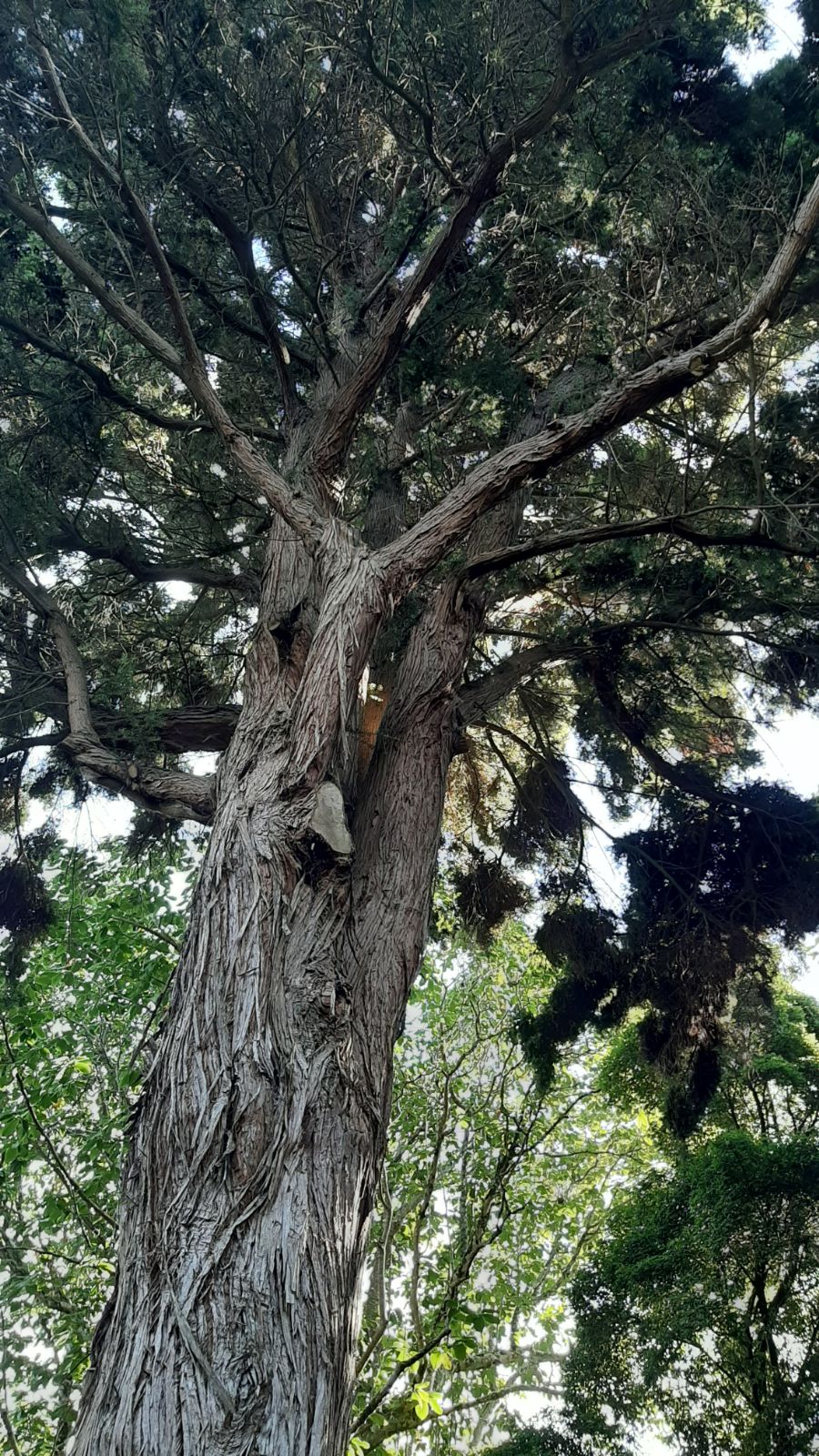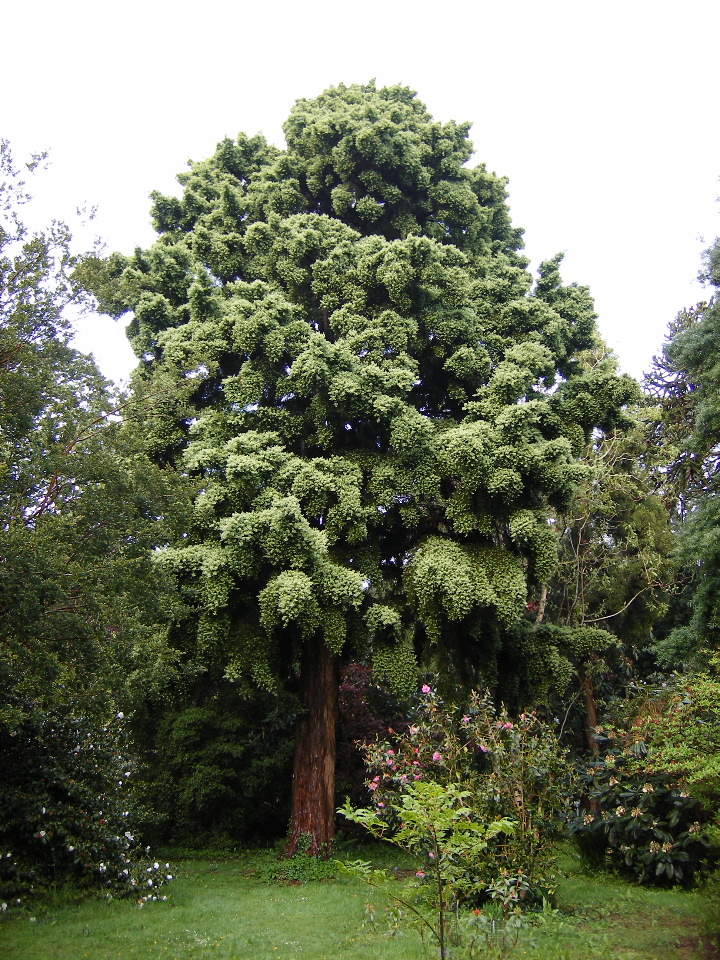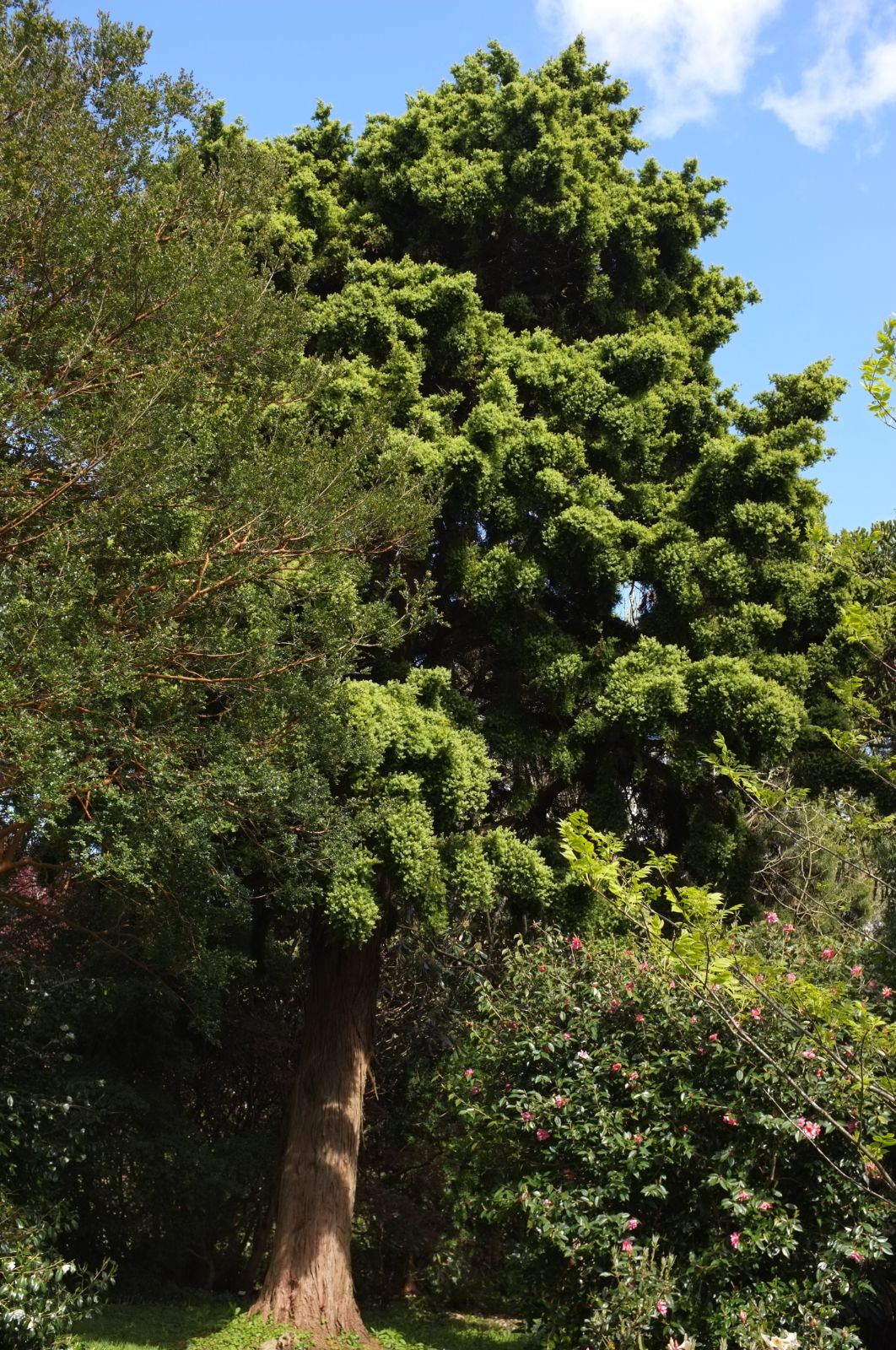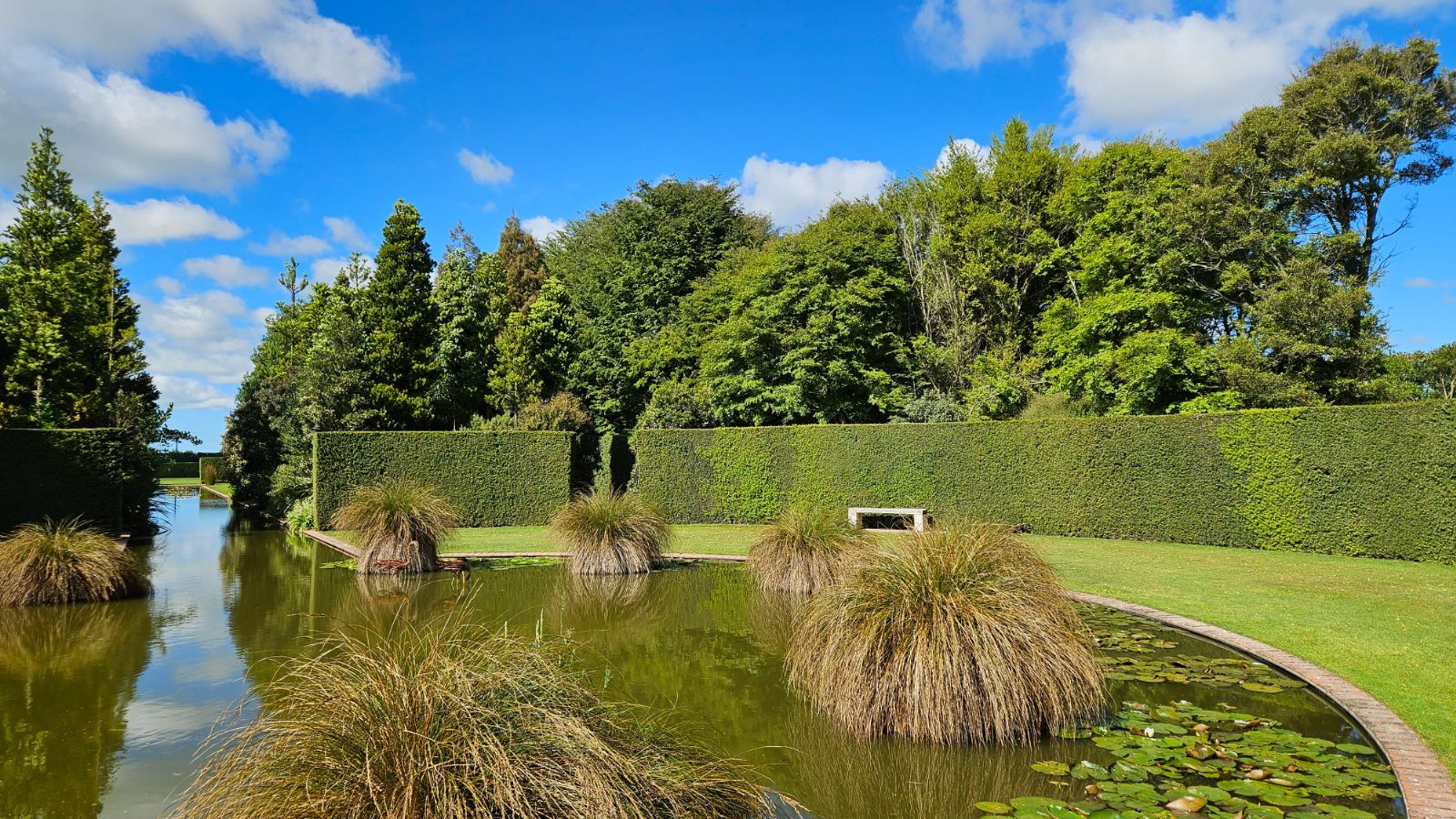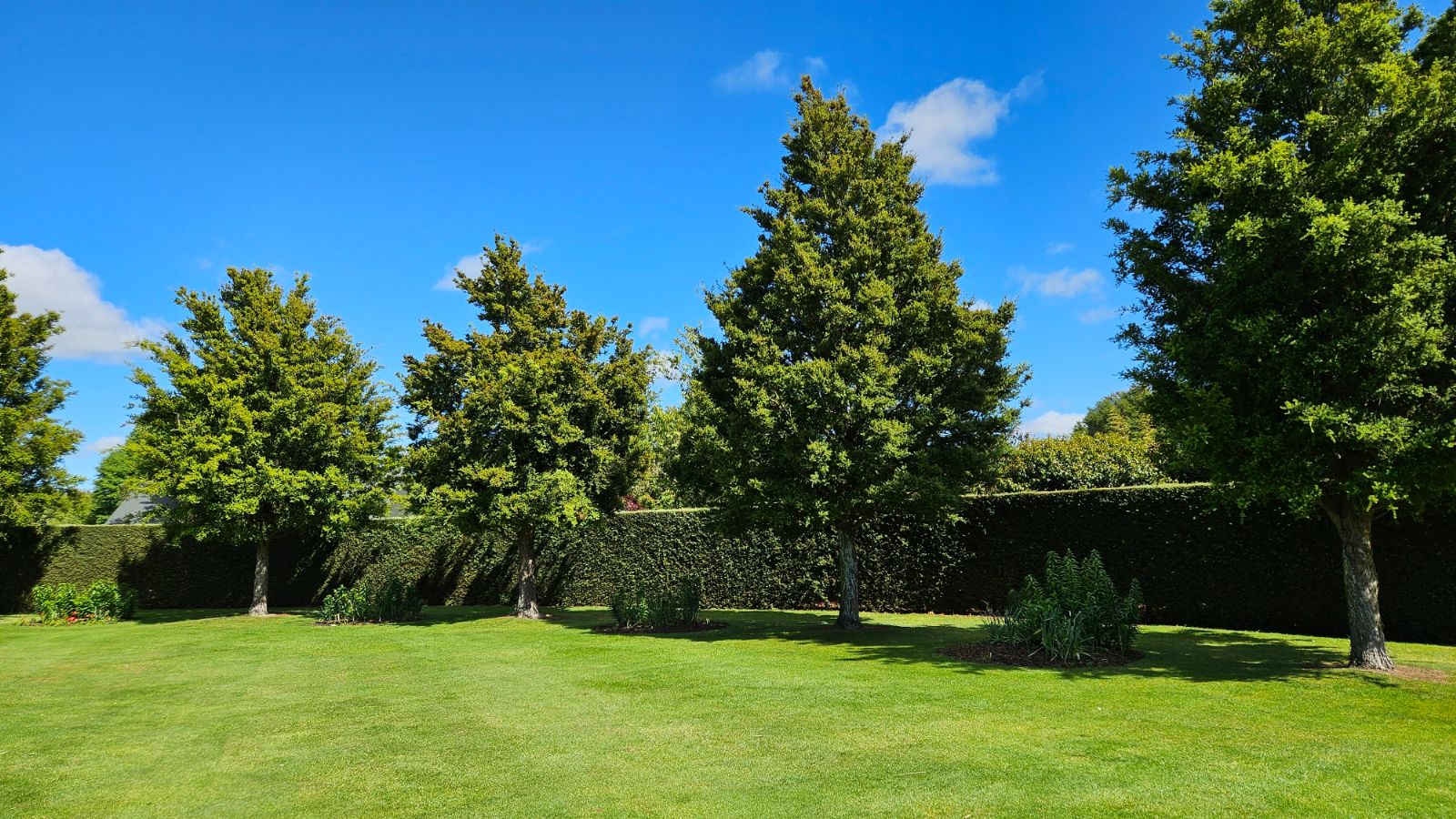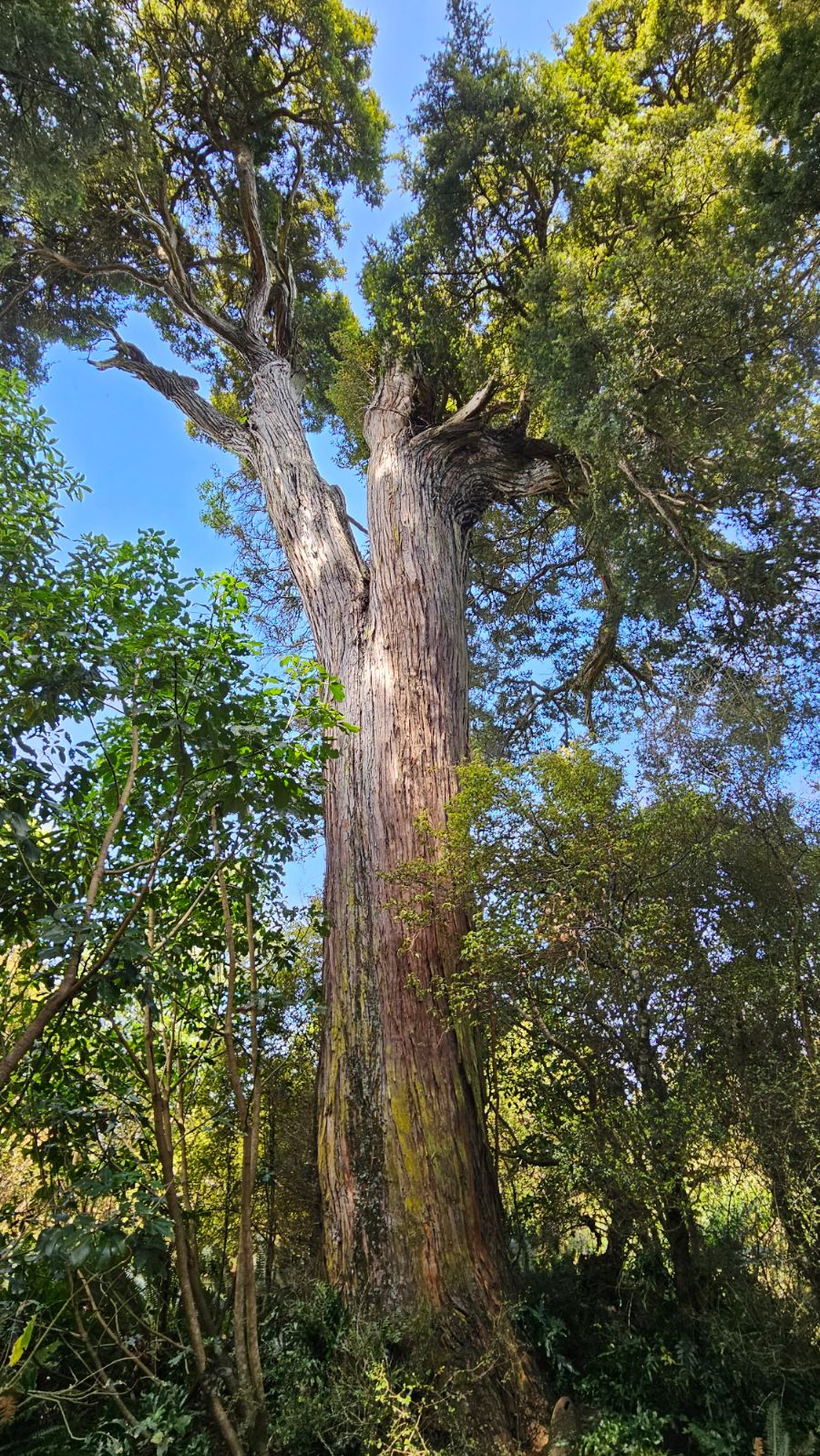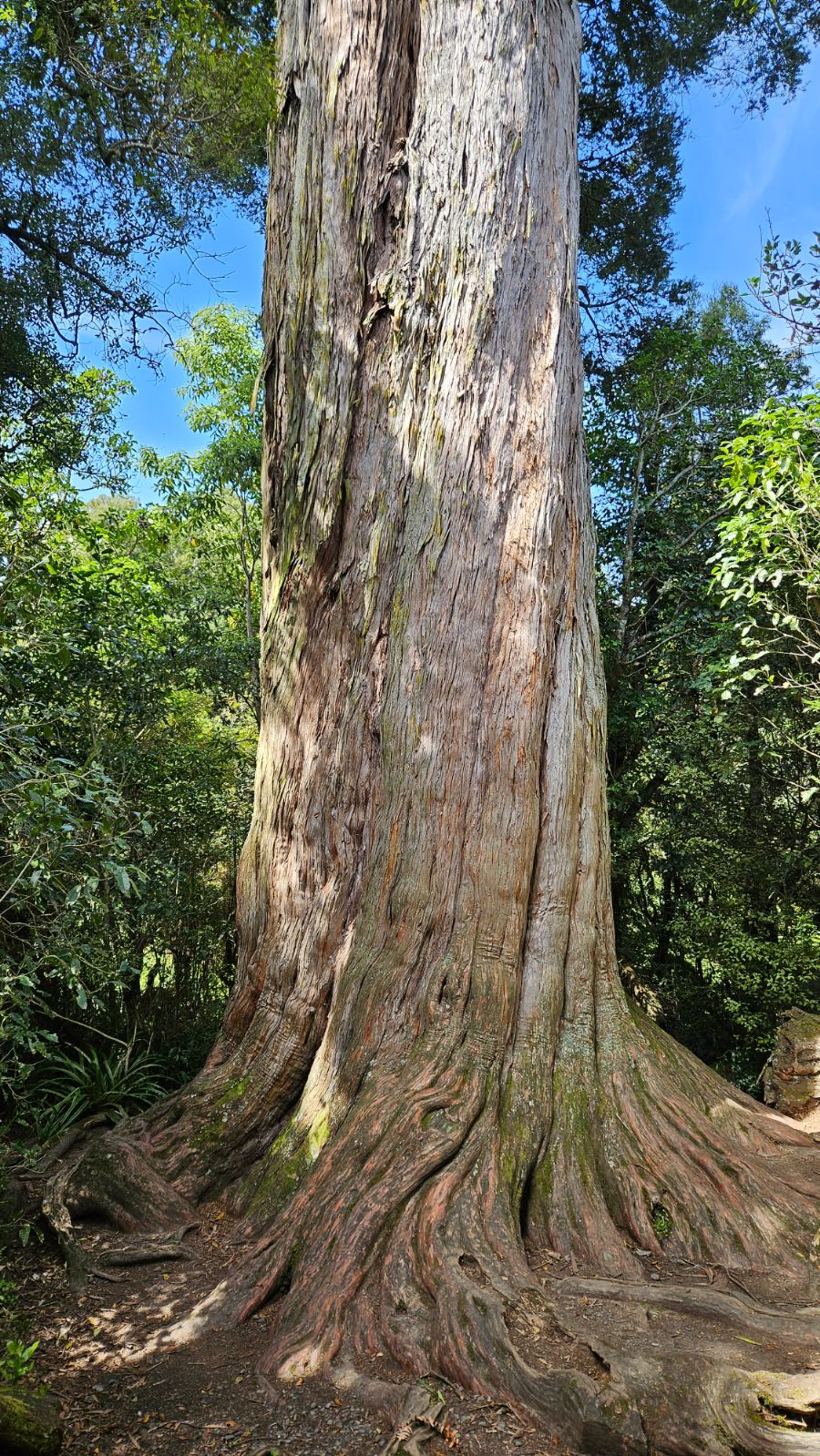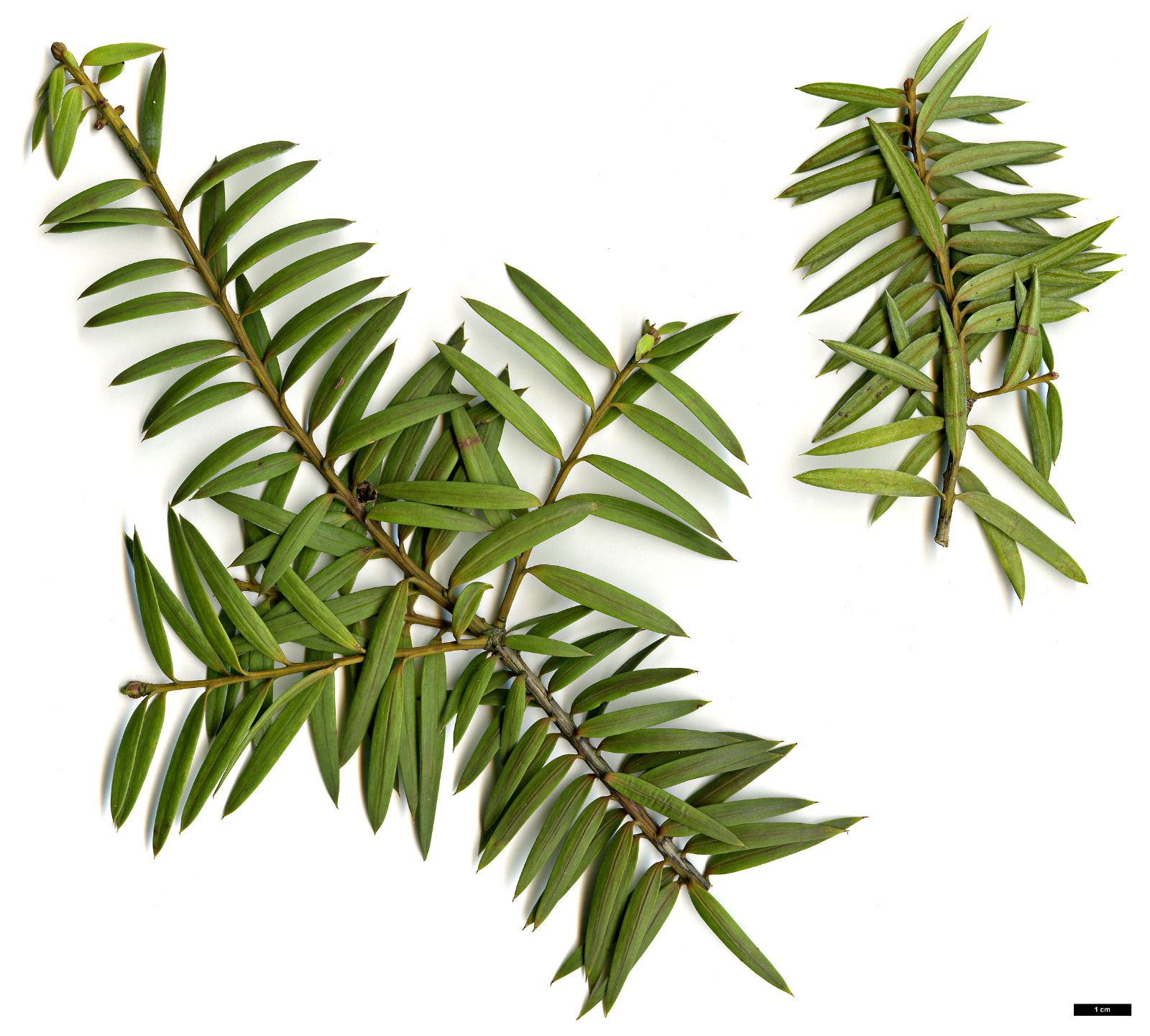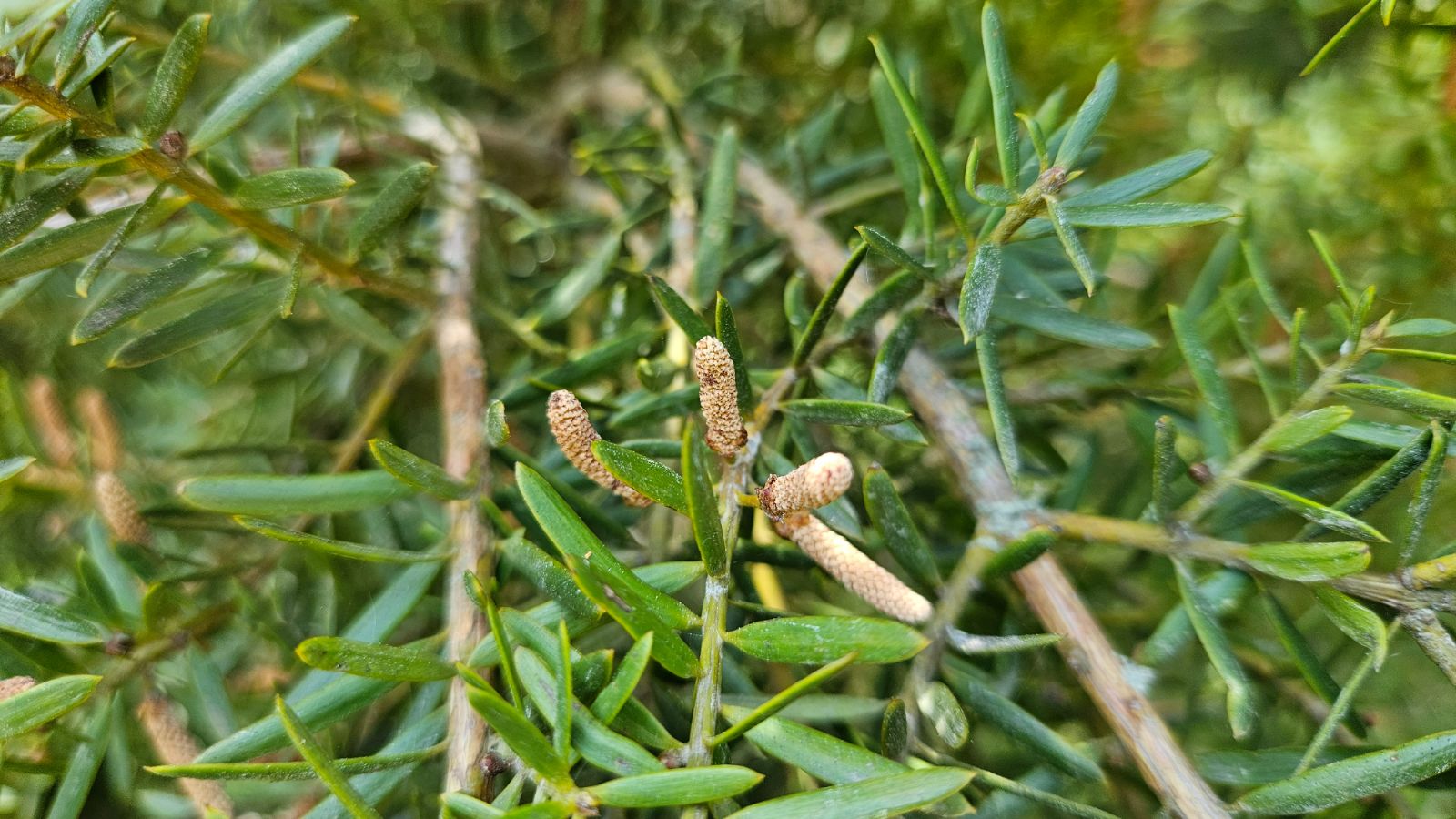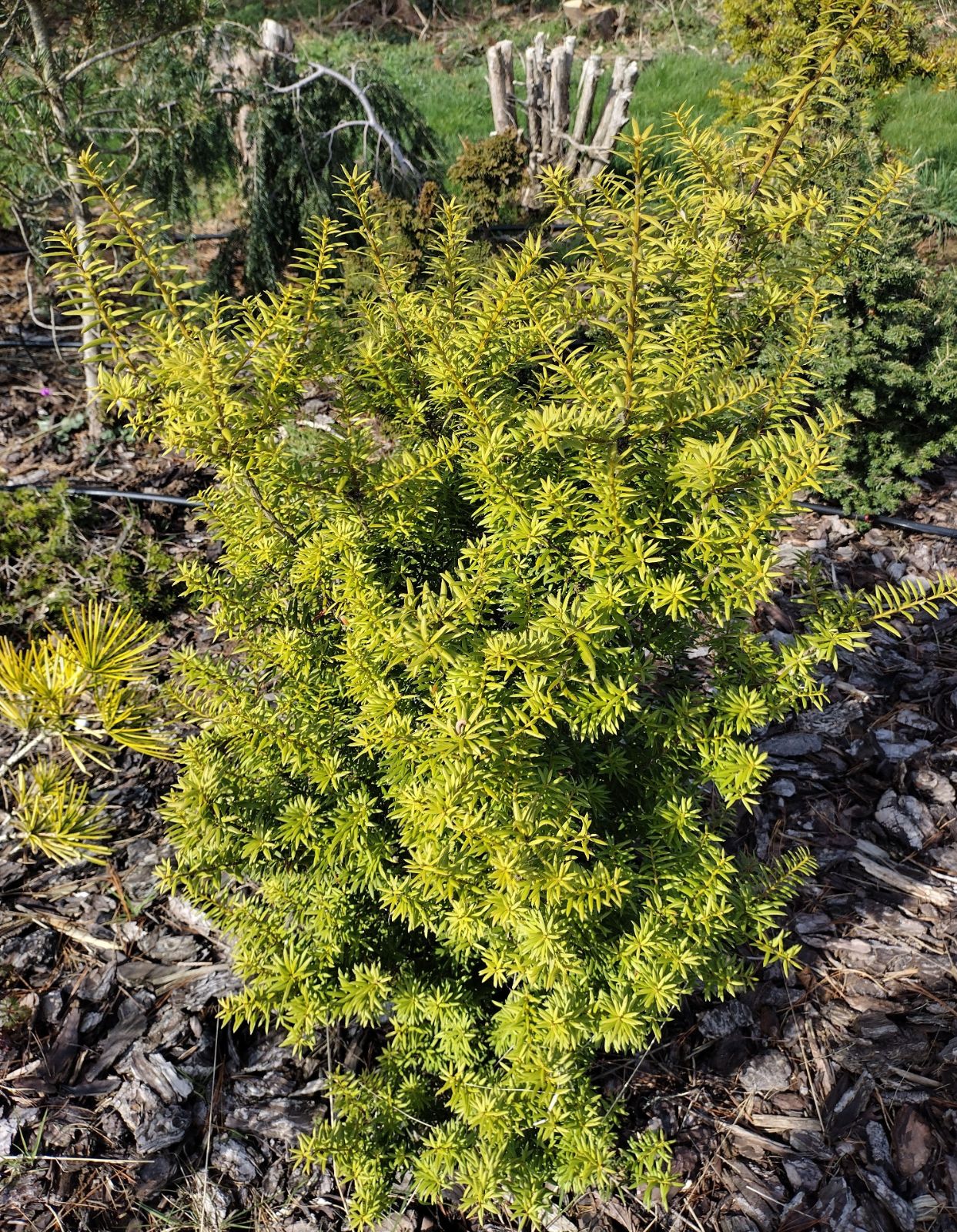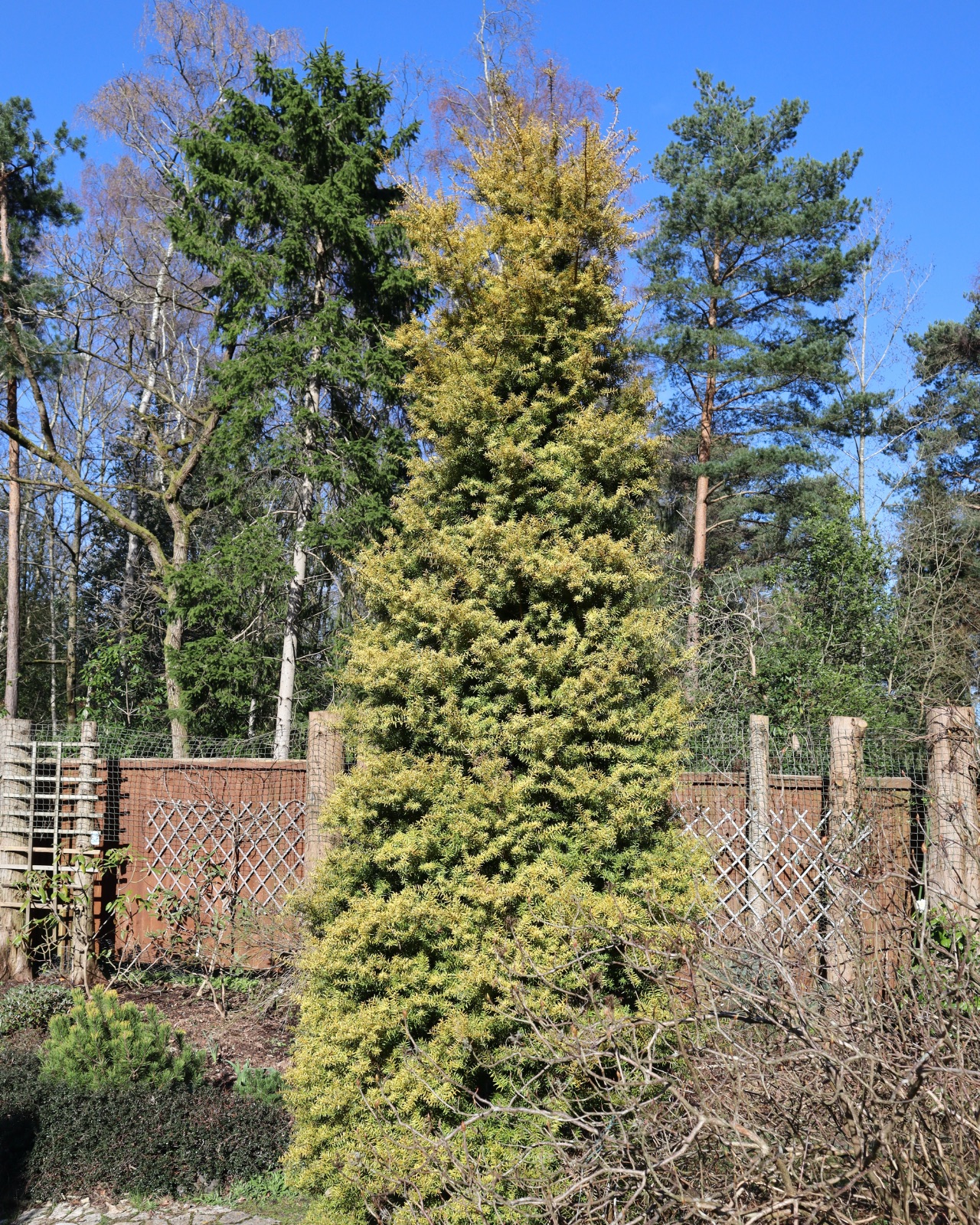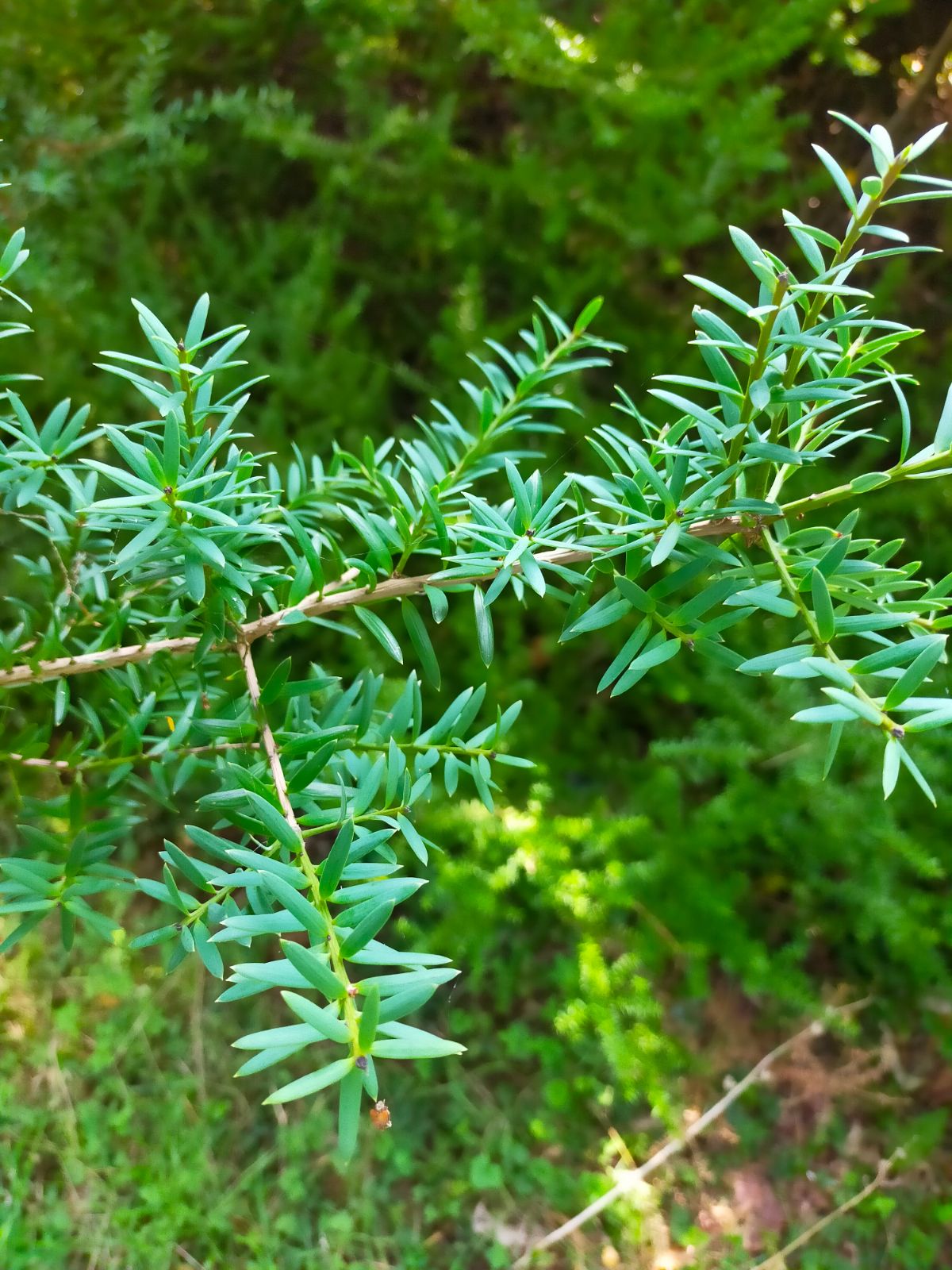Podocarpus totara
Sponsor
Kindly sponsored by
The British Conifer Society in memory of Derek Spicer VMM, founder member.
Credits
Tom Christian (2023)
Recommended citation
Christian, T. (2023), 'Podocarpus totara' from the website Trees and Shrubs Online (treesandshrubsonline.
Genus
Common Names
- Totara
Infraspecifics
Other taxa in genus
- Podocarpus acutifolius
- Podocarpus acutifolius × lawrencei
- Podocarpus acutifolius × nivalis
- Podocarpus acutifolius × totara
- Podocarpus brassii
- Podocarpus costalis
- Podocarpus drouynianus
- Podocarpus elatus
- Podocarpus elongatus
- Podocarpus guatemalensis
- Podocarpus henkelii
- Podocarpus laetus
- Podocarpus laetus × nivalis
- Podocarpus lambertii
- Podocarpus latifolius
- Podocarpus lawrencei
- Podocarpus lawrencei × nivalis
- Podocarpus macrophyllus
- Podocarpus matudae
- Podocarpus milanjianus
- Podocarpus nakaii
- Podocarpus neriifolius
- Podocarpus nivalis
- Podocarpus nubigenus
- Podocarpus oleifolius
- Podocarpus parlatorei
- Podocarpus pilgeri
- Podocarpus pseudobracteatus
- Podocarpus salignus
- Podocarpus spinulosus
Tree to 30–40 m with a long straight bole, occasionally massive, to >3.5 m dbh. Bark thick, furrowed on old trees, exfoliating in longitudinal fibrous strips. Branches erect at first, later spreading; crown rounded, dense, often irregular in old trees due to reiteration. Branchlets finely grooved, glabrous, branching irregularly when young. Terminal buds small, subglobose, 2–3 mm long, narrower or as wide as the branchlet, never wider, with obtuse imbricate inner scales, outer scales acute with tips free. Leaves lanceolate to linear-lanceolate, 1.5–3.5 × 0.3–0.4 cm on established trees with widest leaves on fertile branches (c. 2 × 0.2 cm on saplings and young trees), linear to slightly curved, leathery, base gradually tapering, twisted, sessile, short decurrent, apex acute-pungent, dark-green above with midrib a faint, narrow groove, paler and duller below with two stomatal bands either side of obtuse midrib. Pollen cones solitary or up to 4 on a common peduncle, cylindrical, 12–15(–20) × 3–4 mm at maturity, straight or curved after pollen release. Seed cones solitary, short-pedunculate, with two bracts which fuse to become a swollen, fleshy receptacle, 4.5–5 mm long at maturity, yellow and oblong at first, subglobose and red to crimson at maturity; seed including the epimatium ovoid-oblong, green to glaucous 3–3.5 × 2–2.5 mm, obtuse or rounded at the apex. (Farjon 2017; de Lange 2022; Clarke 1988; Allan 1961).
Distribution New Zealand North Island, South Island, Stewart Island (scarce)
Habitat An emergent tree widespread in lowland and lower montane forests below the zone where Nothofagus begins to dominate (c. 500 m asl) but extending into this zone where conditions allow; beyond this it is replaced by its high-altitude sister species P. laetus. In fragmented remains of primary forest associates include Dacrycarpus dacrydioides, Dacrydium cupressinum, Pectinopitys ferruginea and in Northland Agathis australis.
USDA Hardiness Zone 8
RHS Hardiness Rating H4
Conservation status Least concern (LC)
Taxonomic note A variety, P. totara var. waihoensis Wardle, was described from Westland in 1972, but Webby, Markham & Molloy (1987) demonstrated that populations of this taxon were hybrids of P. acutifolius × totara. See penultimate paragraph in main text.
Podocarpus totara is – or was – one of the giant trees of New Zealand’s great lowland forests, from the realm of the Kauri in Northland to southeast Otago. Those fragments that survive hint at the richness of these forests and the giants of the past; survivors to 40 m have been recorded, and estimated at 1500–1800 years old (Debreczy & Rácz 2011). I recall being led by the late Carola Hudson, during an all too brief visit to Gwavas Station, into such a fragment. In Carola’s wake I scrambled through myrtles, tangled lianas, and over great fallen trunks of other coniferous giants like Rimu, occasionally coming up against something oddly familiar from an Edinburgh glasshouse like the flaking bark of Tree Fuchsia, but it was the gigantic trunks of Totara and Matai that made the greatest impression. It was clear to see that such giants should earn the reverence of the Maori, and attract the axe of the settler. Totara’s timber in particular is highly prized, being reddish in colour, straight-grained, and durable even in water; Maori favour it for their waka (war canoes) and for carving, and put it to a wide variety of other uses to avoid waste, while European settlers quickly employed it for everything from fence posts to furniture to harbour construction (Ebbett 1998).
The impact of the exponential demand for Totara timber that followed European colonisation needs little elucidation; no other vegetation type has suffered such drastic reduction in New Zealand as lowland Totara forest, with some estimates suggesting as little as 1% remains from pre-colonial times (Ebbett 1998). While the felling of native trees has been illegal in New Zealand for some time, organisations like Tane’s Tree Trust are promoting the planting and cultivation of indigenous species both to benefit biodiversity and to provide a permitted source of their timbers, after all these two objectives need not be mutually exclusive.
Given the historic ties between Britain and New Zealand Totara was one of the earlier podocarps to reach these shores. Confusion between this species and P. laetus means that it is difficult to be sure of either species’ date of introduction, but the Great Yarmouth Nursery in Norfolk, England, was selling plants as P. totara in 1845 for five shillings each (biodiversitylibrary.org) and it appears to have become widely available from multiple firms within a few years of this date. Totara’s significance in its homeland meant that the earliest introductions to cultivation carried with them a weight of expectation, one that was quickly dashed by the harsh realities of northern winters. Survivors were confined to sheltered positions in the mild gardens in Cornwall; the proceedings of the 1931 RHS Conifer Conference highlighted only three Cornish trees ‘[10.6 m] high at Tregrehan, Trebah and Enys’ in its list of notable trees, but the returns included several more, all much smaller, in collections including Borde Hill and Tilgate in Sussex, and Headfort in Meath, Ireland (Chittenden 1932).
What are presumably the same trees at Tregrehan, Trebah and Enys are all still extant. When last measured (2014–2016) these were 24.7 m × 0.59 m dbh, 17 m × 1.02 m, and 22 m × 0.76 m respectively, the Tregrehan plant being the tallest in the UK and Ireland; the mantle for the widest goes to a superb tree at Heligan, also Cornwall, 17.5 m × 1.31 m dbh in 2016. There are now dozens of specimens on the Tree Register’s books, including sizeable trees in Ireland and in very mild gardens on Scotland’s west coast as far north as Inverewe; the best though are still correlated with Cornwall and coastal counties of Ireland (Tree Register 2023).
Both in gardens and in the wild the most reliable means to distinguish Totara from its lookalike sister species P. laetus is the bark: thick, furrowed and exfoliating in longitudinal fibrous strips in P. totara; much thinner, smoother, and exfoliating in papery scales or strips in P. laetus. Debreczy & Rácz (2011) further suggest that P. laetus has ‘longer and wider distinctly petiolate shade leaves with conspicuously decurrent bases’. A variety, P. t. var. waihoensis Wardle was described from Westland in 1972 to cover material ostensibly intermediate with P. acutifolius. Subsequent research has provided support for hybrid origin (P. acutifolius × totara) (Webby, Markham & Molloy 1987) but, perhaps as a consequence of this research, few authorities recognise var. waihoensis (and are right not to: proof that it represents hybrid material renders this name both misleading and inaccurate, which makes it all the more curious that the New Zealand Plant Conservation Network does accept it, and comments ‘some botanists consider that [it] should be elevated to species rank’ (de Lange 2022)). If it were elevated and amended to (notho)species rank then it would be valid, but there is no tradition of naming nothospecies in Podocarpus, perhaps because of the significant difficulties involved in identifing known species, let alone hybrids. Indeed, all the New Zealand Podocarpus species hybridise with one another where their ranges overlap, and plants intermediate between P. totara and P. laetus have vexed botanists for over a century.
P. totara has also long been suspected of being the second parent of a P. salignus hybrid common in British and Irish gardens – see Podocarpus salignus Hybrid. A handful of P. totara cultivars are known, most of which seem to have arisen in the 20th century. Webby, Markham & Molloy (1987) demonstrated that two of the most widely grown cultivars, ‘Aureus’ and ‘Pendulus’, are themselves hybrids: ‘Aureus’ being a selection of P. acutifolius × totara; ‘Pendulus’ being a selection of P. acutifolius × nivalis (Webby, Markham & Molloy 1987). The extent to which global horticulture has turned a blind eye to these findings borders on the conspiratorial – they are always listed under P. totara, but here we treat them under the appropriate hybrid articles. It may be that other cultivars listed below will also be shown to be hybrids in the future.
In 2022 a new Phytophthora species was described from P. totara samples from Gisborne exhibiting needle browning and leaf loss in the lower crown. It has been named Phytopthora podocarpi (Dobbie et al. 2022).
'Albany Gold'
An upright plant with bright golden yellow foliage which is always stronger than in ‘Aureus’, but particularly vivid through the winter months (Auders & Spicer 2012). This cultivar was available in New Zealand nurseries from the late 1990s and was probably introduced to the UK in the early 2000s.
'Aureus'
The widely grown cultivar ‘Podocarpus totara ‘Aureus” has been shown to be of hybrid origin – see P. acutifolius × totara.
'Fastigiata'
As its name suggests, this is a narrow tree with ascending branches. It was reported from New Zealand before 2009 but the cultivar name in Latin form is only valid if published before 1959 (Auders & Spicer 2012).
'Matapouri Blue'
A vigorous small tree with bluish-green leaves which was first listed by Cedar Lodge Nursery, New Zealand in 2011. Auders & Spicer (2012) describe the colour as ‘stunning’ but a plant at Tregrehan is rather variable, with the colour most intense on summer extension growth; it may be that the coloration is more consistent in a warmer climate. In New Zealand this selection can reportedly achieve 2.5 × 1.5 m in three years and has been recommended as a hedging plant (Auders & Spicer 2012).
'Pendulus'
The widely grown cultivar ‘Podocarpus totara ‘Pendulus” has been shown to be of hybrid origin – see P. acutifolius × nivalis.
'Pouakani'
A bluish form, though not such a good blue as ‘Matapouri Blue’ and slower than that selection, to just 1.5 × 0.8 m in ten years. It was propagated from one of the biggest Totara known in New Zealand, growing west of Lake Taupo in the North Island, by Cedar Lodge Nursery who introduced it in c. 2011 (Auders & Spicer 2012).
'Silver Falls'
Similar to ‘Pendula’ but with cream-variegated leaves. Grown in New Zealand prior to 2009 (Auders & Spicer 2012). If this is a selection of ‘Pendula’ then it represents the same hybrid (P. acutifolius × nivalis).

